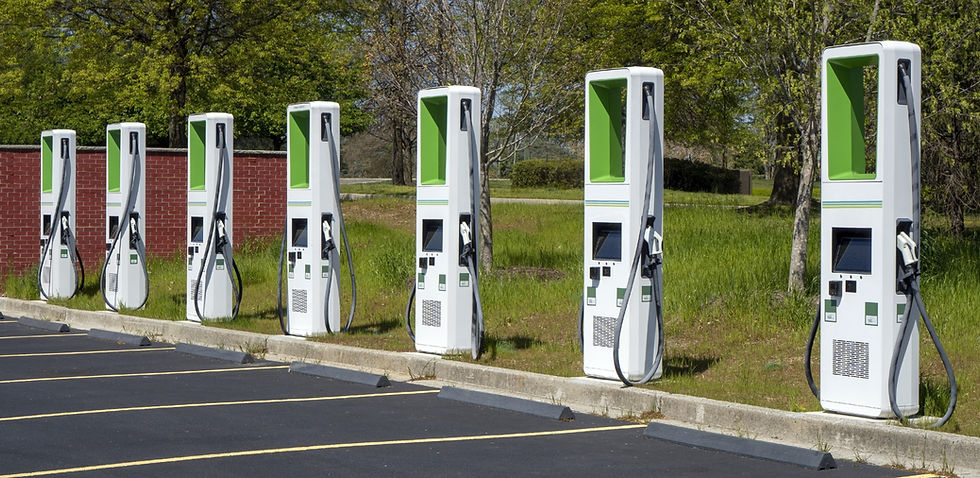Sustainable Transportation: Responsible Mobility for a Green Future
- nicoearth218
- 15 jun 2024
- 3 Min. de lectura
Sustainability has become a global priority, and one of the sectors that has received the most attention in this context is transportation. Sustainable transportation refers to the adoption of mobility methods and technologies that reduce environmental impact, improve energy efficiency and promote a healthy lifestyle. In this article, we will explore what sustainable transportation is, its benefits, and the innovations that are leading this change.

What is Sustainable Transportation?
Sustainable transportation encompasses various strategies and technologies aimed at minimizing the negative effects of transportation on the environment and society. This includes everything from the use of electric vehicles and alternative fuels to the promotion of public transport, active mobility (such as walking and cycling) and smart urban planning.
Principles of Sustainable Transportation
Reduction of Emissions: Use vehicles that emit less pollutants, such as electric or hybrid vehicles, and promote the use of clean fuels.
Energy Efficiency: Optimize energy consumption in all modes of transportation.
Accessibility and Equity: Ensure that all people, regardless of their socioeconomic situation, have access to sustainable transportation options.
Modal Integration: Facilitate interconnection between different forms of transportation, improving efficiency and convenience.
Health and Safety: Promote modes of transportation that are safe and improve public health, such as walking and cycling.
Benefits of Sustainable Transportation
Environmental impact
Sustainable transportation has a significant impact on reducing the carbon footprint. Electric vehicles, for example, do not emit greenhouse gases during operation, which helps combat climate change. Additionally, reducing dependence on fossil fuels reduces air pollution, improving air quality in cities.
Economic Efficiency
Implementing sustainable transportation solutions can result in long-term economic savings. Electric vehicles, although higher upfront cost, are cheaper to maintain and operate than internal combustion vehicles. Additionally, efficient public transportation can reduce costs associated with traffic and infrastructure maintenance.
Health & Wellness
Promoting active mobility, such as walking and cycling, not only reduces emissions but also improves public health. These physical activities help combat diseases related to a sedentary lifestyle, such as obesity and cardiovascular diseases.
Traffic Reduction
The use of public transport and the promotion of alternatives such as carpooling can significantly reduce traffic congestion in cities. This not only improves transport efficiency, but also reduces stress and time wasted in traffic jams.

Challenges and Opportunities
Challenges
Infrastructure: Current infrastructure is often not prepared to support new technologies, such as EV charging stations.
Initial Cost: Although operating costs are lower, the initial cost of some sustainable transportation modes can be prohibitive.
Behavior Change: Convincing people to change their transportation habits can be a significant challenge.
Opportunities
Technological Innovation: Continued innovations in technology can make sustainable transportation options more accessible and efficient.
Public Policies: Governments can play a crucial role by implementing policies that incentivize the use of sustainable transportation, such as subsidies for EVs or improvements in public transportation.
Education and Awareness: Increasing awareness about the benefits of sustainable transportation can encourage a change in people's behavior.

Sustainable transportation is not just a trend, but an imperative need to build a cleaner and healthier future. Adopting these practices and technologies can bring significant benefits at both an environmental, economic and social level. As more people, companies and governments recognize the importance of sustainable transportation, we will be one step closer to achieving truly responsible and equitable mobility for all.








Comentarios